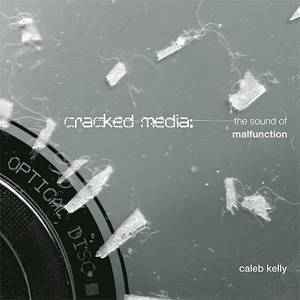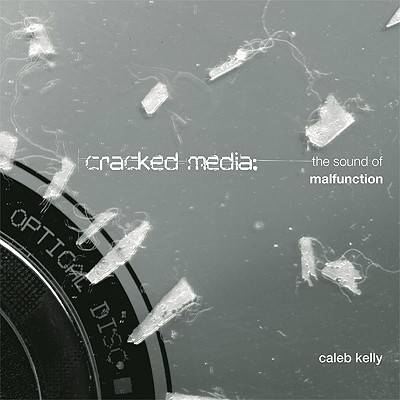
- Retrait gratuit dans votre magasin Club
- 7.000.000 titres dans notre catalogue
- Payer en toute sécurité
- Toujours un magasin près de chez vous
- Retrait gratuit dans votre magasin Club
- 7.000.000 titres dans notre catalogue
- Payer en toute sécurité
- Toujours un magasin près de chez vous
Description
How the deliberate cracking and breaking of playback media has produced experimental music and sound by artists and musicians ranging from Nam June Paik and Christian Marclay to Yasunao Tone and Oval.
From the mid-twentieth century into the twenty-first, artists and musicians manipulated, cracked, and broke audio media technologies to produce novel sounds and performances. Artists and musicians, including John Cage, Nam June Paik, Yasunao Tone, and Oval, pulled apart both playback devices (phonographs and compact disc players) and the recorded media (vinyl records and compact discs) to create an extended sound palette. In Cracked Media, Caleb Kelly explores how the deliberate utilization of the normally undesirable (a crack, a break) has become the site of productive creation. Cracked media, Kelly writes, slides across disciplines, through music, sound, and noise. Cracked media encompasses everything from Cage's silences and indeterminacies, to Paik's often humorous tape works, to the cold and clean sounds of digital glitch in the work of Tone and Oval. Kelly offers a detailed historical account of these practices, arguing that they can be read as precursors to contemporary new media.
Kelly looks at the nature of recording technology and the music industry in relation to the crack and the break, and discusses the various manifestations of noise, concluding that neither theories of recording nor theories of noise offer an adequate framework for understanding cracked media. Connecting the historical avant-garde to modern-day turntablism, and predigital destructive techniques to the digital ticks, pops, and clicks of the glitch, Kelly proposes new media theorizations of cracked media that focus on materiality and the everyday.
Spécifications
Parties prenantes
- Auteur(s) :
- Editeur:
Contenu
- Nombre de pages :
- 388
- Langue:
- Anglais
- Collection :
Caractéristiques
- EAN:
- 9780262013147
- Date de parution :
- 31-07-09
- Format:
- Livre relié
- Format numérique:
- Genaaid
- Dimensions :
- 176 mm x 176 mm
- Poids :
- 825 g







